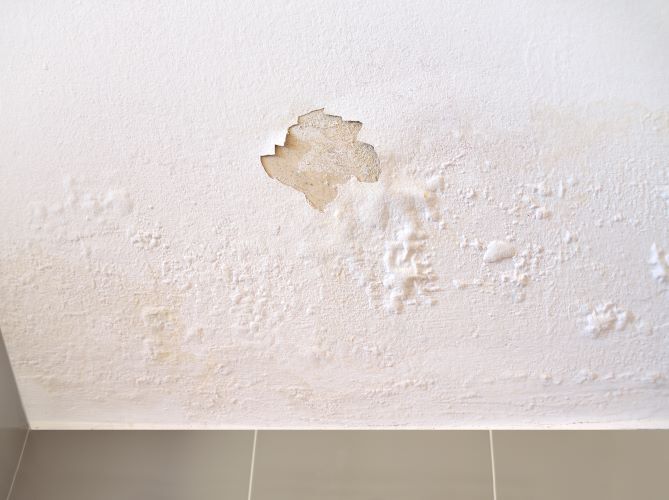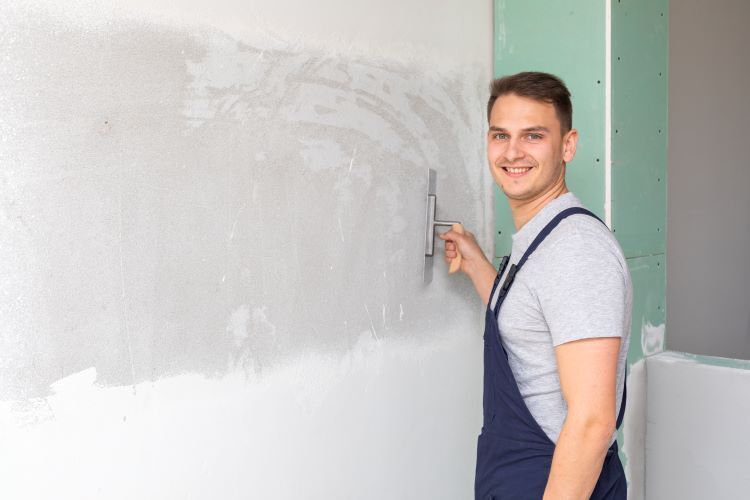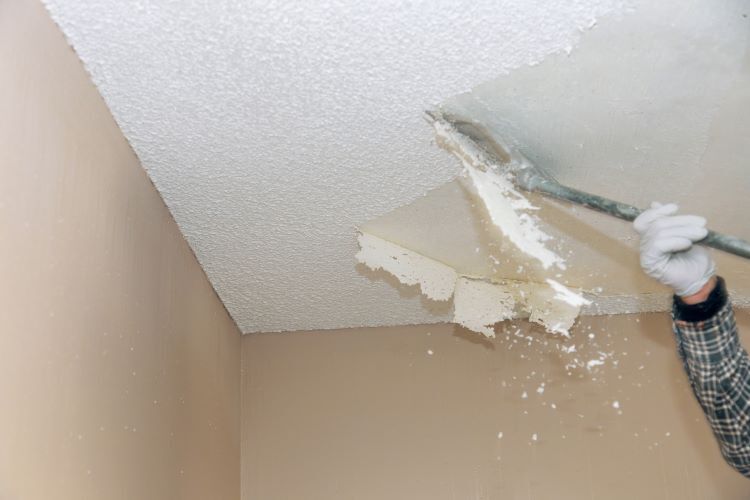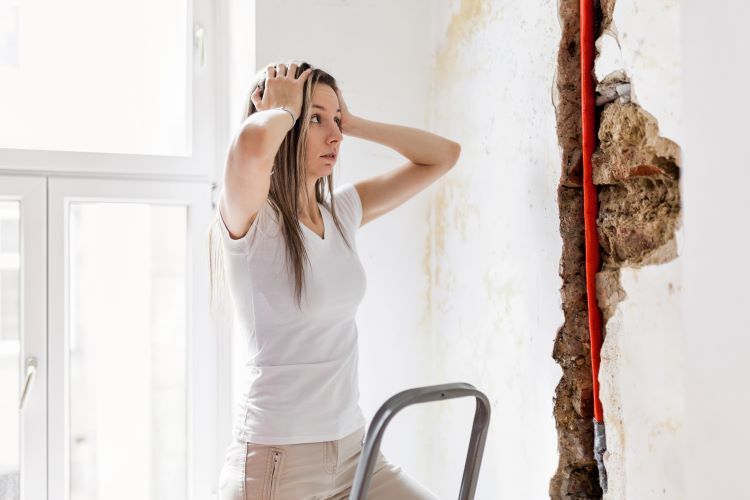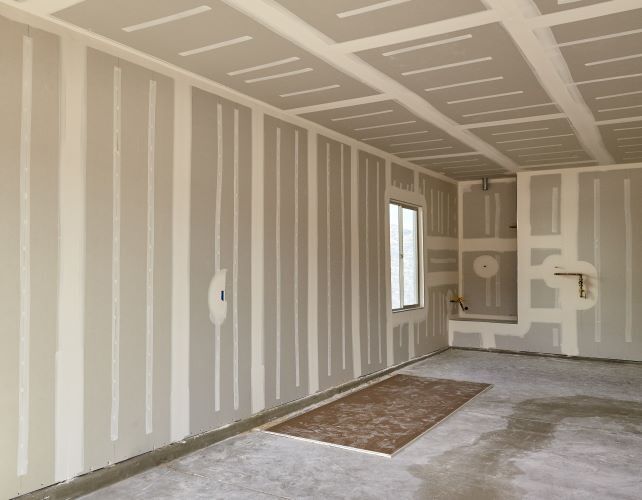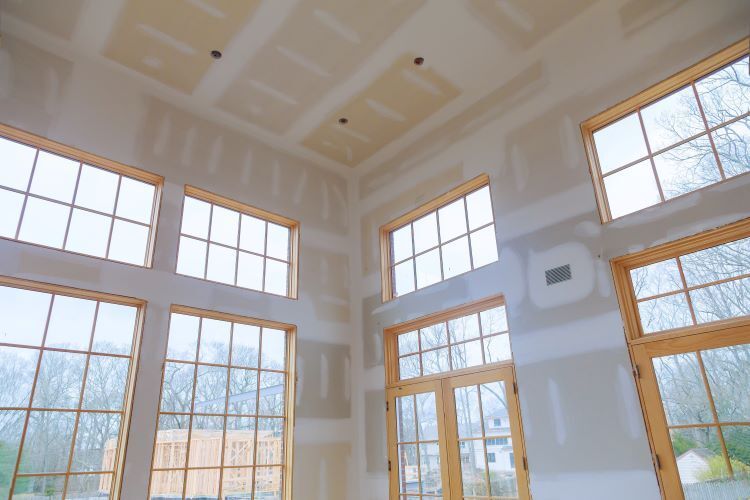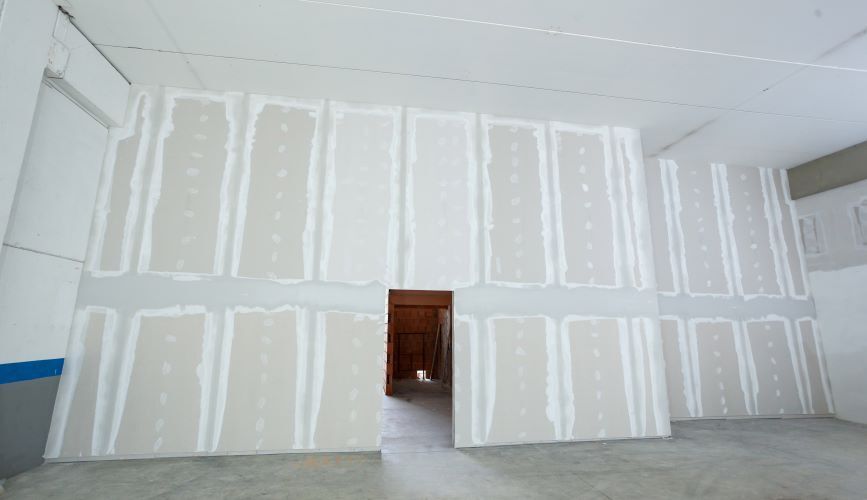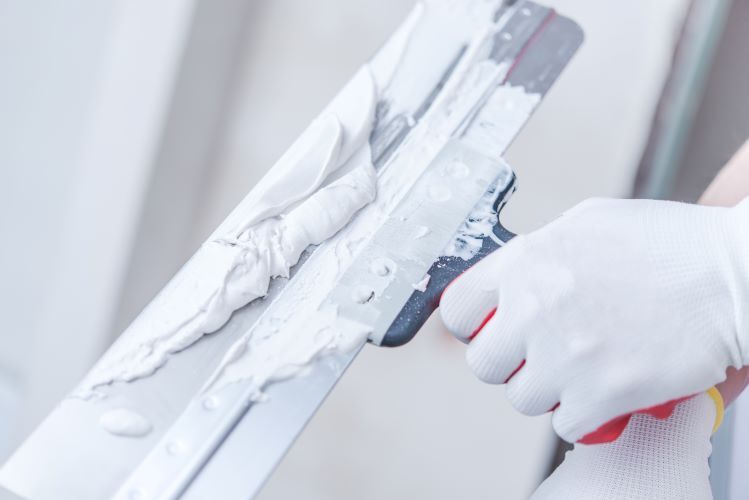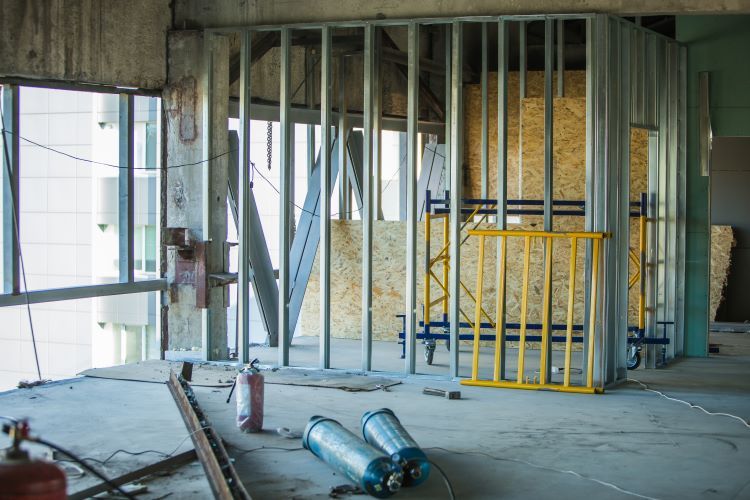Effective Ways To Identify Water Damage on Drywall
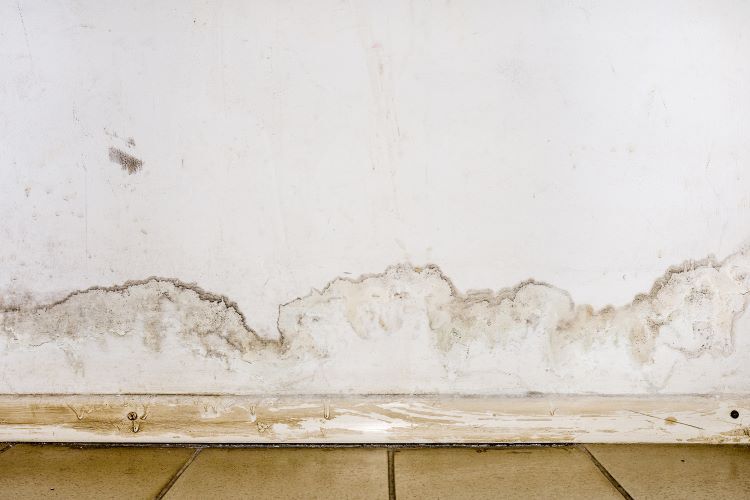
Water damage is one of the most common issues homeowners face, particularly in areas with high humidity or frequent rainfall. Left unchecked, water damage can compromise the structural integrity of your home and lead to costly repairs. At London Drywallers, we specialize in water damage repairs and restoration, ensuring your home remains safe and sound. In this guide, we'll help you identify the signs of water damage on drywall and understand the steps you need to take to address it.
Common Causes of Water Damage in Drywall
Before we dive into how to identify water damage, it’s important to understand its common causes:
- Leaking Pipes: Hidden leaks in plumbing can slowly seep into walls, causing damage over time.
- Roof Leaks: Damaged or missing shingles can allow water to penetrate the roof and seep into walls.
- Flooding: Heavy rains and floods can lead to water infiltration in basements and lower levels.
- Condensation: Poor ventilation can cause moisture to accumulate and condense on drywall surfaces.
- Faulty Gutters: Clogged or damaged gutters can cause water to overflow and seep into walls.
Signs of Water Damage on Drywall
Identifying water damage early can prevent further deterioration and save you from expensive repairs. Here are the key signs to look out for:
1. Discoloration
Water damage often manifests as discoloration on the drywall. Look for:
- Stains: Brown, yellow, or dark stains on the walls or ceiling.
- Streaks: Vertical or horizontal streaks, indicating the path of water seepage.
2. Bubbling or Peeling Paint
Water intrusion can cause paint to lose its adhesion, leading to:
- Bubbling: Small, raised bubbles under the paint surface.
- Peeling: Paint that is flaking off or peeling away from the wall.
3. Soft or Swollen Drywall
When drywall absorbs moisture, it can become soft and swollen. Press gently on the suspected area:
- Soft Spots: Areas that feel spongy or soft to the touch.
- Swelling: Warping or bulging in the drywall surface.
4. Mold and Mildew Growth
Excess moisture creates an ideal environment for mold and mildew:
- Musty Odor: A persistent, musty smell indicates mold growth.
- Visible Mold: Black, green, or white mold spots on the drywall surface.
5. Cracks and Sagging
Structural changes due to water damage can lead to:
- Cracks: Small to large cracks in the drywall.
- Sagging: Sections of the ceiling or wall that are drooping or sagging.
Steps to Address Water Damage
Once you've identified water damage, it's crucial to address it promptly:
1. Locate and Fix the Source of Water
Identifying the source of the water intrusion is the first step. Whether it's a leaking pipe, roof, or condensation issue, fix the root cause to prevent further damage.
2. Dry the Affected Area
Drying out the affected area is essential to prevent mold growth:
- Ventilation: Open windows and use fans to increase airflow.
- Dehumidifiers: Use dehumidifiers to remove excess moisture from the air.
3. Remove Damaged Drywall
In severe cases, the damaged drywall may need to be removed and replaced:
- Cut Out Damaged Sections: Use a utility knife to cut out the water-damaged sections of drywall.
- Dispose of Properly: Dispose of the damaged drywall safely to prevent mold spread.
4. Treat Mold
If mold is present, it needs to be treated effectively:
- Clean with Mold Remover: Use a mold remover or a mixture of water and bleach to clean the affected area.
- Protect Yourself: Wear protective gear such as gloves and a mask when dealing with mold.
5. Install New Drywall
Replace the removed sections with new drywall:
- Measure and Cut: Measure the area and cut new drywall to fit.
- Secure and Finish: Secure the new drywall with screws and finish with joint compound and sanding.
6. Paint and Seal
Once the new drywall is installed, paint and seal the area to match the rest of your wall:
- Prime: Apply a primer to the new drywall.
- Paint: Paint the area to match the surrounding wall color.
- Seal: Use a sealant to protect against future moisture intrusion.
Conclusion
Water damage on drywall can be a serious issue, but with prompt identification and repair, you can mitigate its effects and protect your home. At London Drywallers, we offer expert water damage repair services to help you restore your walls and ceilings to their original condition. If you suspect water damage in your home, don't hesitate to contact us for a professional assessment and repair.
London Drywallers is your trusted local expert for all drywall needs in London, Ontario. From water damage repairs to new installations, we provide top-quality services to ensure your home remains in excellent condition. Visit our website or call us for more details.
